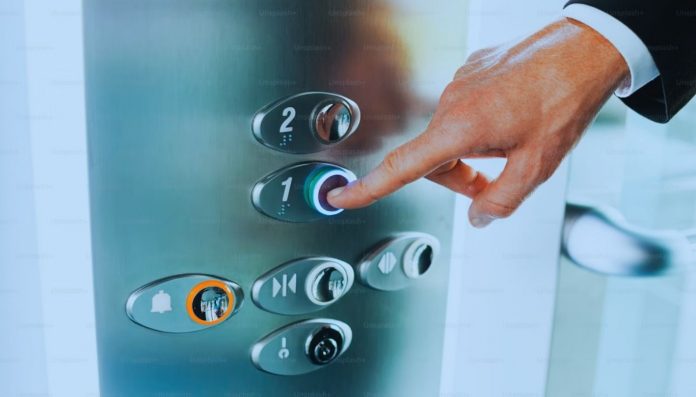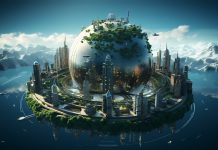Living over an elevated area is a fascinating experience. One enjoys the thrill of looking down where trees and vehicles appear small, and this sparks a sense of wonder. A similar feeling of elevation occurs when looking at urban landscapes today that redefine how we live and work.
If you are interested in learning about the history of elevators, let’s take a brief look back. They existed from the third century BCE pulley systems to the 19th-century steam-powered lifts. Then, gradually, the transformation happened to electric and hydraulic systems, leading to modern, AI-powered connected elevators of today.
Cities are growing vertically, and modern elevators are the only means of reaching these heights. Today, connected elevators that are safe, fast, and smart are revolutionizing the user experience of vertical transportation. Here, we will examine the changing trends that are shaping the elevator industry. These include:
- Intelligent elevators and IoT integration
Modern elevators use equipment data to identify and resolve problems before they can cause a breakdown. This is called predictive maintenance. These performance metrics ensure reliable operations and reduced interruptions.
- Energy Efficient and Environment-friendly
Saving electricity is a great feature of modern elevators. Many buildings use regenerative power systems that convert braking energy into electricity, reducing energy consumption.
To support sustainability, manufacturers have started exploring eco-friendly materials and biodegradable hydraulic fluids to construct elevators.
- Advanced Safety Controls
Connected elevators have features like smart sensors monitoring door movements. The sensors can detect obstacles and terminate operations on identifying any safety risks.
An integral feature of modern elevators is that they include video calling capabilities and real-time location tracking for quick emergency response.
- Sound and Vibration Control
Elevators with noise reduction technologies are in demand for buildings that are exposed to high traffic and noise. Innovative designs incorporating sound-insulating materials significantly make rides calmer and smoother. These features improve the integrity of the building’s structure.
- Advanced Accessibility
Modern elevators have advanced features like:
- Voice-activated Controls: This allows passengers to select floors without physical contact.
- Braille Panels & Audio Guides: They can be used by visually impaired individuals for easy access in modern elevators.
- Progressive Design and Aesthetics
Luxurious elevators made of glass offer a scenic view of the cityscapes. The designs can be customized as per the building owners’ choice. Features like lighting options and an interactive digital display wall for advertisements are available. Elevators are now becoming ‘experience zones ‘and not just transport machines.
- Smart Destination Systems
When AI is fast becoming integral across industries, elevators are no exception. AI algorithms power them, helping to group passengers traveling to similar floors and thereby reducing wait times and improving traffic flow.
- Innovative Displays
Touchscreens and interactive displays are popular additions in modern elevators. They essentially include:
- Floor occupancy levels
- Weather updates
- Wayfinding maps or advertisements
Besides enhancing passenger experience, they provide valuable information in real time.
To Sum It Up
Connected elevators with several advanced features are revolutionizing the elevator ride experience in cities. People trust safety, security, and efficiency foremost for vertical transportation. The growing global elevator market is set for powerful, sustainable expansion. Forecasts indicate a 6.2% CAGR between 2025 and 2030, increasing total revenue to USD 194.97 billion. Elevators are basic to tall buildings, making it feasible and practical for people to occupy and access them, thereby increasing urban density, optimizing land use, and boosting economic growth.






